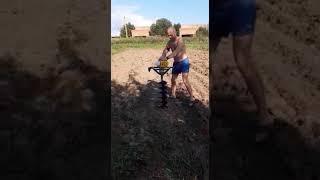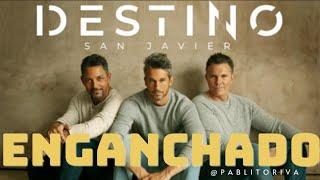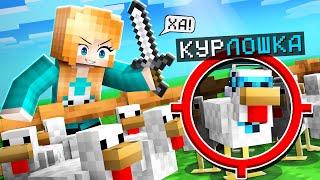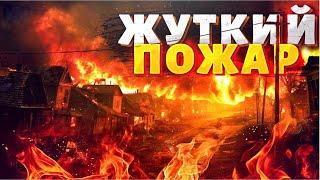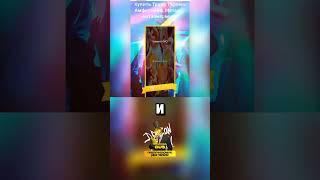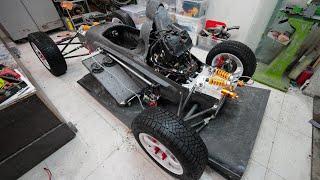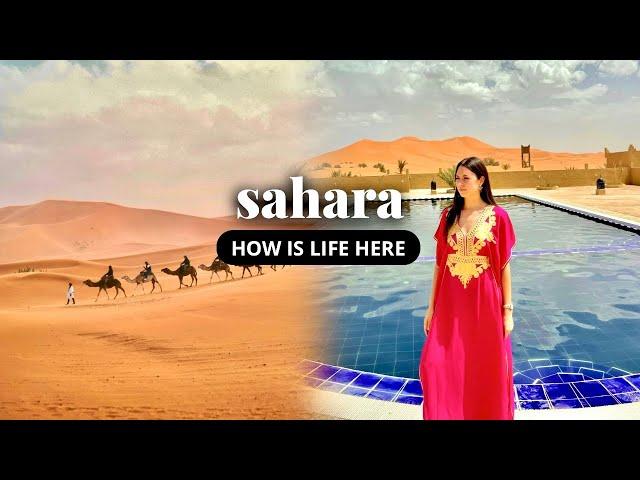
How is Life in the Sahara Desert? | Exploring Camel Culture in Morocco
Today you will discover the lives of the people who live in the Sahara desert in Morocco. This part of the world is full of different customs, which will teach you many new things. I will show you the importance and meaning that camels have here and much more! So, make yourself comfortable and keep watching!
Camels have been used as a primary mode of transportation in the Sahara Desert due to their ability to navigate the harsh desert terrain with ease. They can travel long distances across the sandy dunes while carrying heavy loads. Camels are deeply ingrained in the cultural heritage of Morocco and the Sahara Desert. They symbolize resilience, endurance, and adaptability.
They are present in Berber folklore, music, and art and they are a major draw for tourists visiting the Desert. Camel excursions offer visitors a unique opportunity to experience the desert landscape from a traditional perspective. For many nomadic tribes in the Sahara Desert, camels are a vital source of livelihood. They are used for trading, herding, and tourism activities, providing income and sustenance for local communities.
After a long day we spent the night in some haimas, which are traditional camps. The locals called Berbers attended us with great affection. We had a delicious tagine for dinner and were able to enjoy a starry night together with the music of the locals.
The next morning we enjoyed a delicious breakfast, which was actually full of sweets and here you can see the camping. Overall, staying at a Berber camp in the Sahara Desert offers a unique opportunity to immerse oneself in the ancient traditions, natural beauty, and hospitality of the Berber culture.
One of them helped us with some foot injuries. He used camel fat and he told us that it’s rich in fatty acids, which helps moisturize the skin. It also has antibacterial and anti-inflammatory properties. But most importantly, it speeds up the healing of wounds and promotes tissue repair. He explained to us that I had to keep this remedy for a few hours and although I couldn't record it, the feet were perfect!
It was time to go to another place. But I can't move on to the next point without showing you these wonderful shots of the desert.
We were recommended to try camel milk and that's why we decided to go to a camel farm. This is the first baby camel I have ever seen and guys, it’s so so cute. So, in order to get fresh milk, they had to release the baby camel to its mother.
Camel milk is known for its nutritional richness, containing higher levels of vitamins, minerals, and proteins compared to cow's milk. In Moroccan desert communities, camel milk holds cultural and symbolic importance. It provides an important source of income for camel pastors and promotes sustainable agriculture.
After tasting the camel milk and watching how they played, we took the car again to go to the next stop. We passed through many towns with their characteristic brown houses. Slow living in these towns is something we all liked.
We arrived at Tinghir. Tinghir has a rich Berber heritage, evident in its architecture and local customs. But the main attraction near Tinghir is the stunning Todra Gorge, a narrow canyon carved by the Todra River.
Todra Gorge is one of Morocco's most impressive natural attractions, known for its stunning scenery and unique geological features. It’s a narrow canyon with walls reaching heights up to 300 meters!
We were nearing the end of our trip and made a stop to eat at a restaurant. We ate in the city of Ouarzazate and everything was delicious.
Without a doubt, Morocco is a destination that will not leave you indifferent, whether because of the culture, the food or the people. If you would like to visit it, don't think twice! See you in my next video!
00:00 - Intro
00:55 - Camels Importance in Morocco
01:42 - Camping in the Sahara Desert
02:47 - Camel fat for injuries
03:14 - Sandbath Therapy
03:40 - Sahara Views
04:33 - Camel Farm
06:08 - Tinghir
06:44 - Canyon
07:24 - Why Morocco is a great destination
Camels have been used as a primary mode of transportation in the Sahara Desert due to their ability to navigate the harsh desert terrain with ease. They can travel long distances across the sandy dunes while carrying heavy loads. Camels are deeply ingrained in the cultural heritage of Morocco and the Sahara Desert. They symbolize resilience, endurance, and adaptability.
They are present in Berber folklore, music, and art and they are a major draw for tourists visiting the Desert. Camel excursions offer visitors a unique opportunity to experience the desert landscape from a traditional perspective. For many nomadic tribes in the Sahara Desert, camels are a vital source of livelihood. They are used for trading, herding, and tourism activities, providing income and sustenance for local communities.
After a long day we spent the night in some haimas, which are traditional camps. The locals called Berbers attended us with great affection. We had a delicious tagine for dinner and were able to enjoy a starry night together with the music of the locals.
The next morning we enjoyed a delicious breakfast, which was actually full of sweets and here you can see the camping. Overall, staying at a Berber camp in the Sahara Desert offers a unique opportunity to immerse oneself in the ancient traditions, natural beauty, and hospitality of the Berber culture.
One of them helped us with some foot injuries. He used camel fat and he told us that it’s rich in fatty acids, which helps moisturize the skin. It also has antibacterial and anti-inflammatory properties. But most importantly, it speeds up the healing of wounds and promotes tissue repair. He explained to us that I had to keep this remedy for a few hours and although I couldn't record it, the feet were perfect!
It was time to go to another place. But I can't move on to the next point without showing you these wonderful shots of the desert.
We were recommended to try camel milk and that's why we decided to go to a camel farm. This is the first baby camel I have ever seen and guys, it’s so so cute. So, in order to get fresh milk, they had to release the baby camel to its mother.
Camel milk is known for its nutritional richness, containing higher levels of vitamins, minerals, and proteins compared to cow's milk. In Moroccan desert communities, camel milk holds cultural and symbolic importance. It provides an important source of income for camel pastors and promotes sustainable agriculture.
After tasting the camel milk and watching how they played, we took the car again to go to the next stop. We passed through many towns with their characteristic brown houses. Slow living in these towns is something we all liked.
We arrived at Tinghir. Tinghir has a rich Berber heritage, evident in its architecture and local customs. But the main attraction near Tinghir is the stunning Todra Gorge, a narrow canyon carved by the Todra River.
Todra Gorge is one of Morocco's most impressive natural attractions, known for its stunning scenery and unique geological features. It’s a narrow canyon with walls reaching heights up to 300 meters!
We were nearing the end of our trip and made a stop to eat at a restaurant. We ate in the city of Ouarzazate and everything was delicious.
Without a doubt, Morocco is a destination that will not leave you indifferent, whether because of the culture, the food or the people. If you would like to visit it, don't think twice! See you in my next video!
00:00 - Intro
00:55 - Camels Importance in Morocco
01:42 - Camping in the Sahara Desert
02:47 - Camel fat for injuries
03:14 - Sandbath Therapy
03:40 - Sahara Views
04:33 - Camel Farm
06:08 - Tinghir
06:44 - Canyon
07:24 - Why Morocco is a great destination
Комментарии:
Classic White Bread | Straight Dough Method
Just One Bite, Please?
4 Ways MCT Oil Should NOT Be Used (When to Use Instead)
Thomas DeLauer
Buddy's Follow-Up | My Cat From Hell
Animal Planet
Мотобур Champion AG252 тест на бурение глины
Русь Матушка
How Did The Puppy Get Burned?
allthingsfangirl
DESTINO SAN JAVIER | MIX Exitos Enganchados | #folklore #Musica #musicaparadedicar
El Porte Pablitoriva









